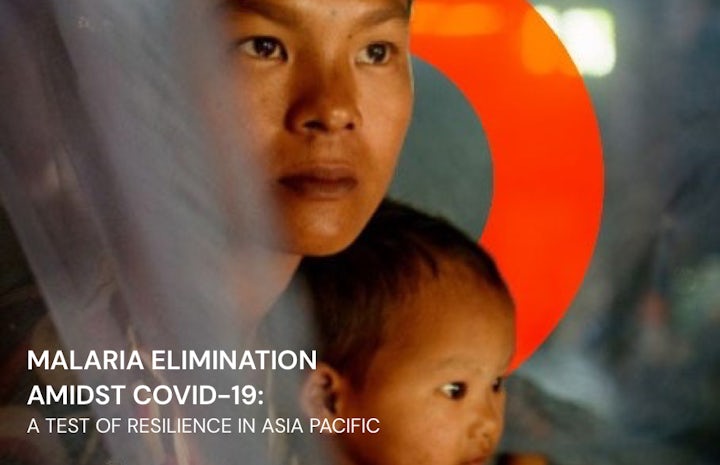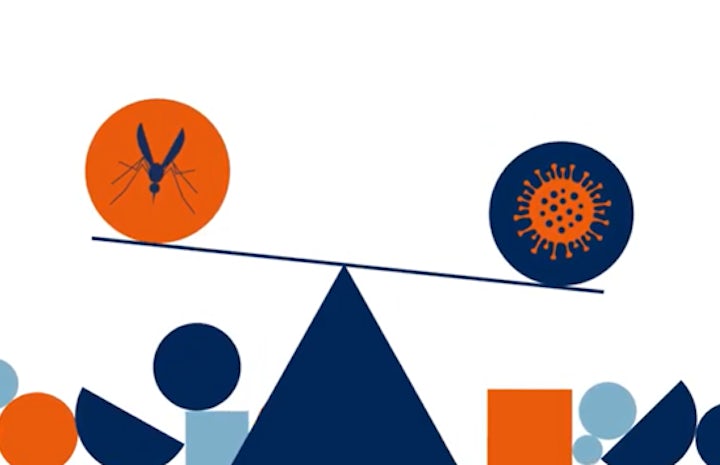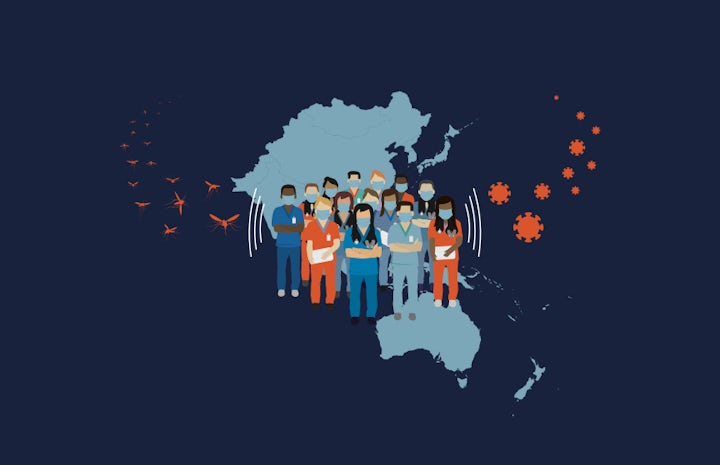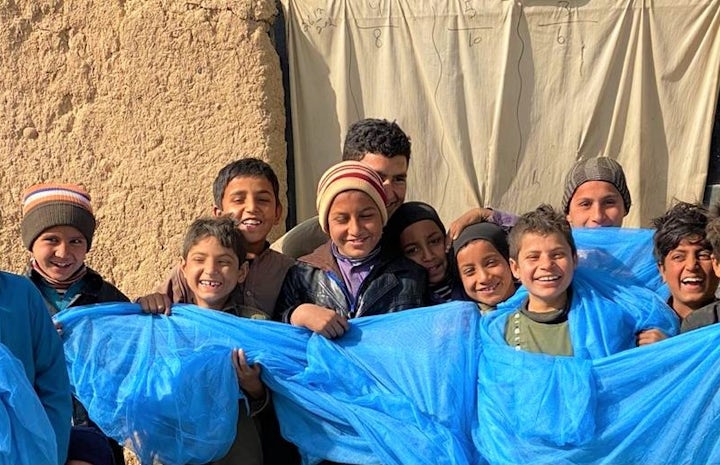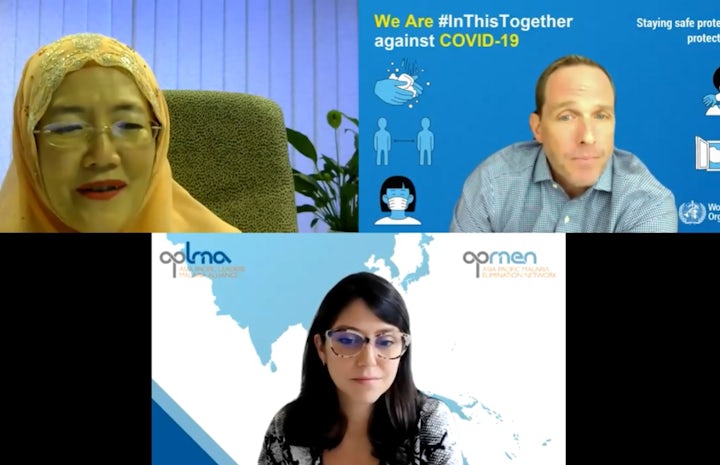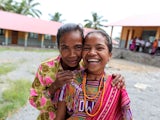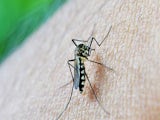Malaria & COVID-19

UNFPA Asia
Two years of navigating the COVID-19 pandemic has brought about far-reaching changes to global health and development efforts against our most pressing challenges.
Our malaria fight is no exception. When the pandemic first took hold in Asia Pacific, we were flooded with concerns: What will happen to surveillance? How will bed net distributions, campaigns, and supply chains for key commodities such as diagnostics and anti-malarials be affected? Will we be able to protect our critical frontline workers, many of whom work in rural and hard-to-reach communities? Global institutions including the World Health Organization (WHO), the Global Fund and the Bill and Melinda Gates Foundation have also shared modelled projections based on possible levels of disruptions to malaria services, all pointing to likely reversals in progress.
Two years on, especially as the uncertainty of COVID-19 and its new variants is continuing to affect the global response, it is still too early to know the aggregate impact of the pandemic on our collective elimination trajectory. Nonetheless, some data is available. In partnership with national programmes across Asia Pacific, we set out to learn more, from both a qualitative and quantitative perspective, to help contribute to understanding the impact of COVID–19 in our vast region. In developing this report, we sought counsel and guidance directly from the countries we serve. As we spoke with the national malaria programmes and on-the-ground partners from around the region, what we found was more hope than despair.
Despite the disruptions the pandemic caused, we saw marks of remarkable resilience across the region. China managed to attain malaria-free status in June this year. Afghanistan, Bhutan, Cambodia, DPRK, the Lao People’s Democratic Republic, Malaysia, Nepal, the Republic of Korea, Timor Leste, Vanuatu and Vietnam all reported zero indigenous malaria deaths in 2020. Many of these countries also exceeded the WHO’s Global Technical Strategy (GTS) targets of reducing malaria cases and deaths by at least 40% by 2020. Even India, one of the region’s highest-burden countries saw a drop of close to 45%, from 338,494 in 2019 to 186,532 in 2020.
At the same time, there remain countries in the region – especially those with already fragile health systems and/or where humanitarian crises have broken out – that demand doubling down on support and attention. The WHO’s 2021 World Malaria Report show, for example, that Papua New Guinea experienced a jump in cases by 16% from 646,648 in 2019 to 750,254 cases in 2020. Meanwhile, political upheavals in Myanmar and Afghanistan this year have severely impacted the capacity of programs to even keep up with basic malaria services. All will require a renewed focus and thoughtful, tailored problem-solving informed by their contexts to ensure they can get back on track. But we should also celebrate the positive.
- Abridged Foreword: Dr Sarthak Das, DrPH, Chief Executive Officer, Asia Pacific Leaders Malaria Alliance (APLMA)
Malaria Elimination Amidst COVID-19: A Test of Resilience
Report Infographic
How Pakistan Has Kept Up Its Fight Against Malaria Amid the Pandemic
In December 2020, 8,000 volunteers in Pakistan's restive tribal region managed to distribute nearly 1.5 million mosquito nets to over half a million households without contracting a single known case of Covid-19. How they did it offers a valuable lesson about how health authorities, by collaborating with communities and other stakeholders, can keep new health threats from disrupting the ongoing battle against malaria and other life-threatening diseases.


